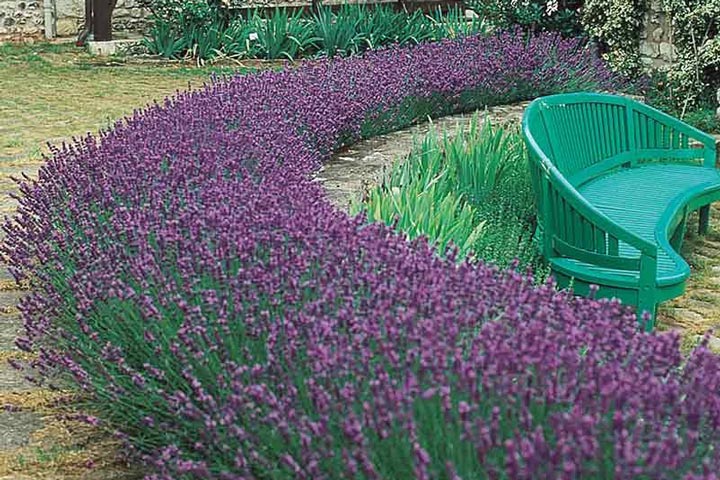
Create and Care for a Lavender Hedge
Lavender plants are generally easy to care for. Learn how to create a fragrant and beautiful lavender hedge, and maintain it for years to come.
The perfume from a lavender hedge is without equal, while the beautiful purple flowers attract scores of bees and butterflies in summer. The strongest scent is released when the flowers are brushed, so plant your hedge where you can run your fingers through the stems as you pass.
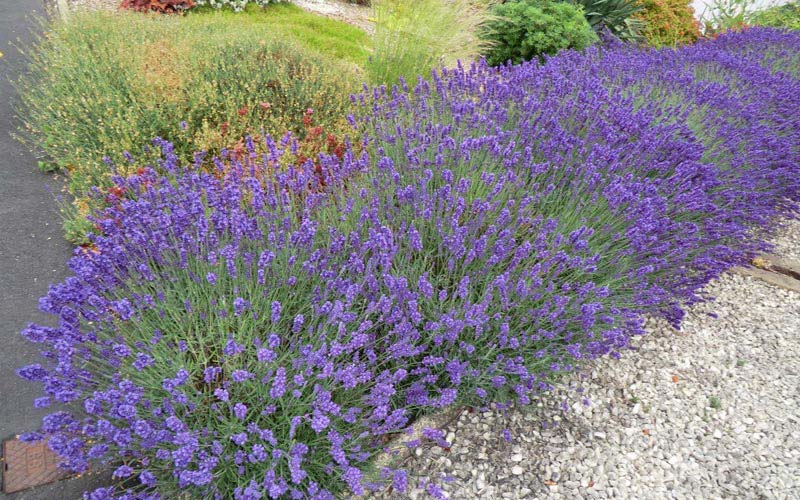
When to Plant: Spring At Its Best: Summer
Materials Needed
- small lavender plants
- compost
- trowel or small spade
- all-purpose liquid fertilizer
Prepare the Ground
A month or two before planting your hedge, dig plenty of organic matter into the soil to improve drainage.
Space Plants Evenly
In spring, buy small plants and make holes at 12-inch intervals, or dig out a long trench. The plants won’t require additional fertilizer at this stage. Plant so they are at the same level as they were in their pots.
Firm in Soil
In heavier, clay-rich soil, plant the lavenders slightly above the soil surface, and draw up soil around the root ball to encourage water to drain away from the base of the plant. Firm in around the plants with your fingers.
Water In
Water the plants well. Although lavenders are very drought-tolerant, they will need to be watered for the first growing season until they are fully established. In spring, apply an all-purpose liquid fertilizer to the plants.
Shear Your Lavender
Although lavenders are generally easy plants, requiring little or no additional watering once established, they do need annual care. Leave small, young plants unpruned for the first 12 months after planting to allow them to put on some growth, but in subsequent years cut your hedge twice a year to prevent it becoming leggy.
When to Start: Late summer, after flowering, and early spring
Materials
- garden shears
- household disinfectant
- clippers
- all-purpose liquid fertilizer
Prune Into Shape
To keep your lavender plants young, bushy and healthy, cut them back in late winter or early spring. Clean your tools thoroughly and spray them with a household disinfectant before you begin work. Then, using sharp shears, cut the stems back as close as possible to the old wood.
The Correct Cut
Take care not to cut into old brown wood, since the plants will not produce new shoots from this. Shear to a few healthy leaves above the brown stems, and work systematically along the hedge, keeping it as level as possible.
After Flowering
In late spring or early summer, the sheared plants will grow an abundance of side shoots to create a compact, bushy hedge. To keep it neat, cut it back again after flowering in late summer — remove all the old flowerheads to prevent the plants from putting their energy into making unwanted seed.

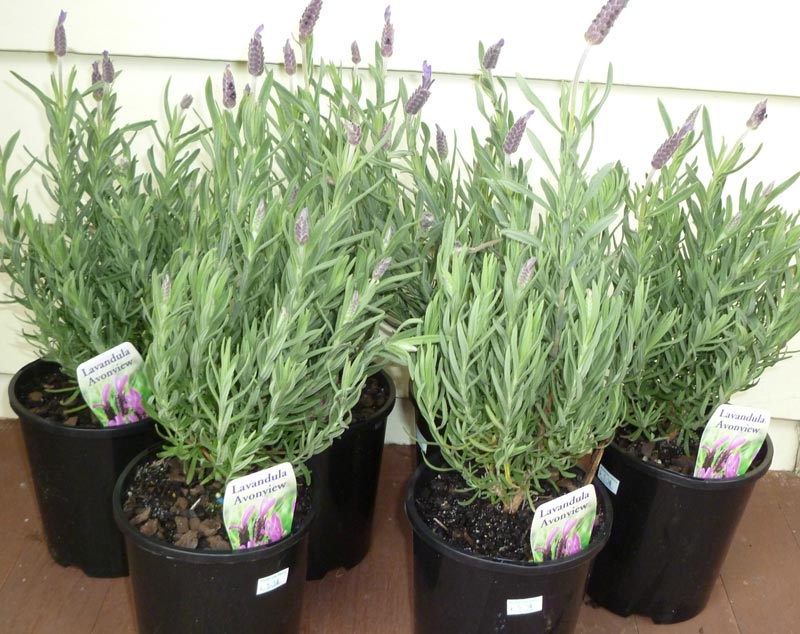
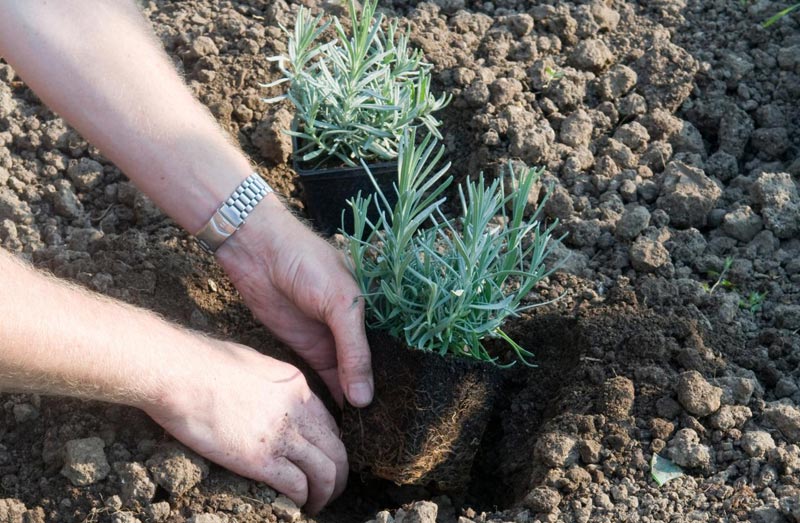
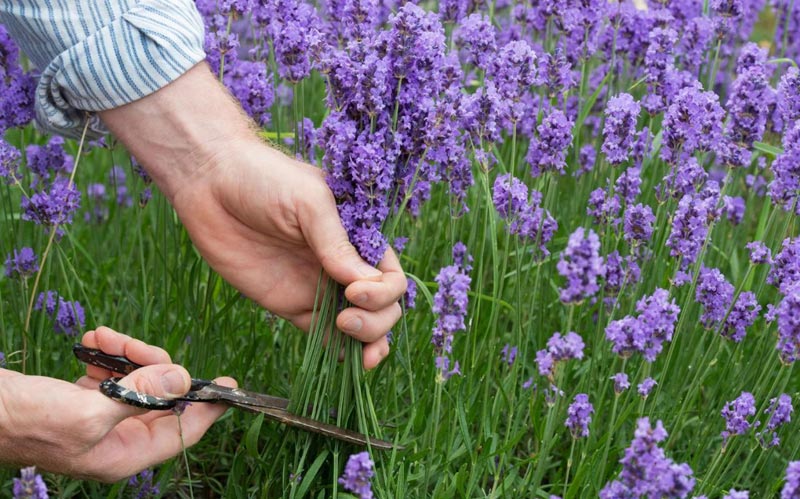
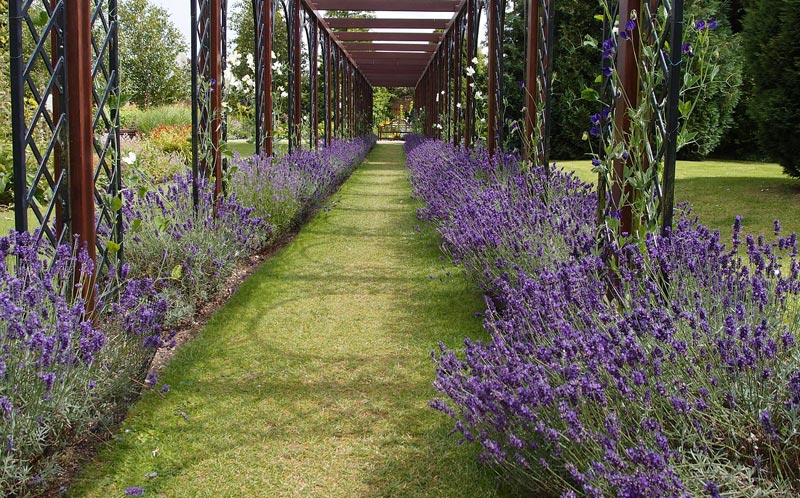

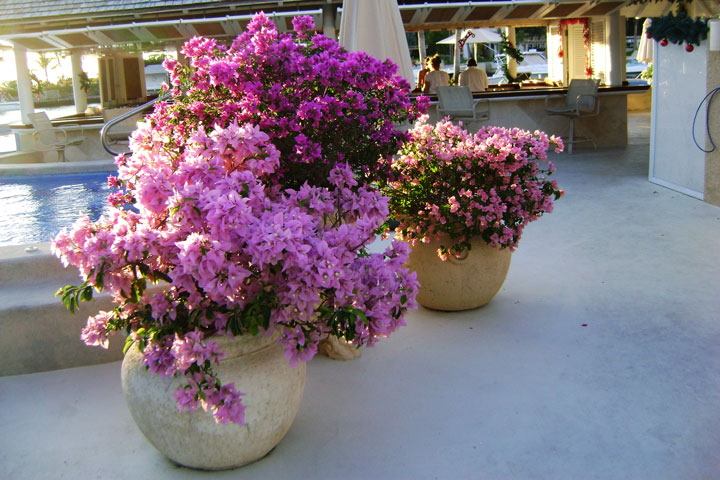
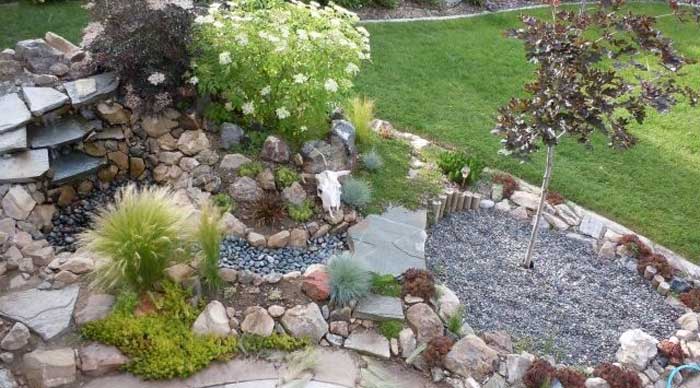
Leave a Reply